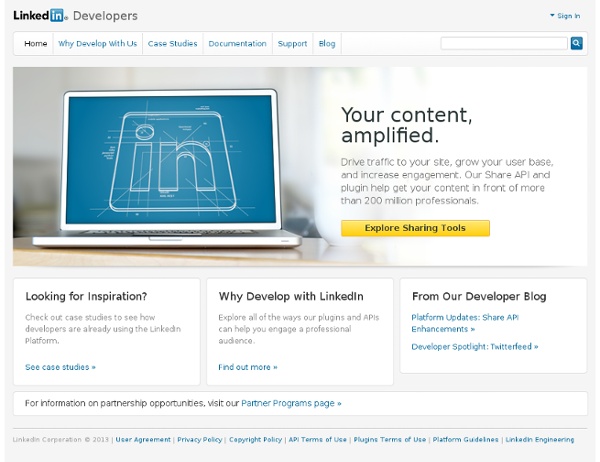Zoom
Trash
Related:



API users & API wrappers Suppose you have a sparse RAM API, something along the lines of: add_range(base, size)write_ram(base, bytes)read_ram(base, size) People use this API for things like running a simulated CPU: define the accessible memory with add_range()pass the initial state to the simulator with write_ram()run the simulation, get the final state with read_ram() Suppose this API becomes a runaway success, with a whopping 10 programmers using it (very little irony here, >95% of the APIs in this world are used exclusively by their designer). API users The first thing the first API user does is call you. add_range(0x100000, 6) # input range add_range(0x200000, 6) # output range write_ram(0x100000, "abcdef") # run a program converting the input to uppercase print read_ram(0x200000, 6) # should print "ABCDEF" It runs. The next 8 API users copy your sample code themselves, some of them without you being aware that they use or even need this API. Then some time later you stumble upon the following code: Waitaminnit.
Apply with LinkedIn *New Button* Apply with LinkedIn is an easy, elegant, flexible plugin that enables visitors to your career page to apply to jobs with their LinkedIn profiles. With just a few lines of copy-paste code, your users can get a frictionless, beautiful application experience that results in more candidates of higher quality for you. If you want, learn more about the benefits of Apply with LinkedIn before continuing with this technical guide. Click on the button to see Apply with LinkedIn in action: inApply with LinkedInGet hired faster Don't worry! The easiest way to configure Apply with LinkedIn is to use our plugin generator page. If you choose to have the application e-mailed to you, you don't need to write a single line of code. Developers who need to support processing multiple applications for one or more companies (for example, you are a job board or an ATS), should read our full implementation guide to learn how they can programmatically generate the correct input options to configure the plugin.
Share API Introduction Network updates serve as one of the core experiences on LinkedIn, giving users the ability to share rich content to their professional network. Through the Share API, you can enable users take full advantage of this functionality within your application. Use the Share API for: Seamless integrations for user generated content distributionCustom integrations of sharing and re-sharing read articlesPosting user activity and associated content We suggest providing as much content as possible to your share. Usage You must use an access token to make an authenticated call on behalf of a user Permissions This API requires the following permission (see Member Permissions) Throttle Limits Please reference the limits applied to this API Posting Shares As with any API that allows you to post on behalf of a member, always ensure that the user is fully aware that your application is sharing content on their behalf. Share Input Fields Sample Request Response Returns 201 Created on success. <? <? <?
How To Develop with Facebook Graph API | APIhub Getting Started The Graph API is the primary way to get data in and out of Facebook's social graph. It's a low-level HTTP-based API that you can use to query data, post new stories, upload photos and a variety of other tasks that an app might need to do. Facebook's Open Graph lets you define new objects and actions in the social graph of people using your app, and the way that you create new instances of those actions and objects is via the Graph API. The Graph API is also the underlying mechanism that's used by Facebook's iOS, Android, PHP and JavaScript SDKs. The social graph itself is a graph in the computer science sense. It's important to be aware of another Facebook API that provides access to the social graph. Here's a great video introduction to the Graph API. Why learn the Graph API?
What Is Graph Search?